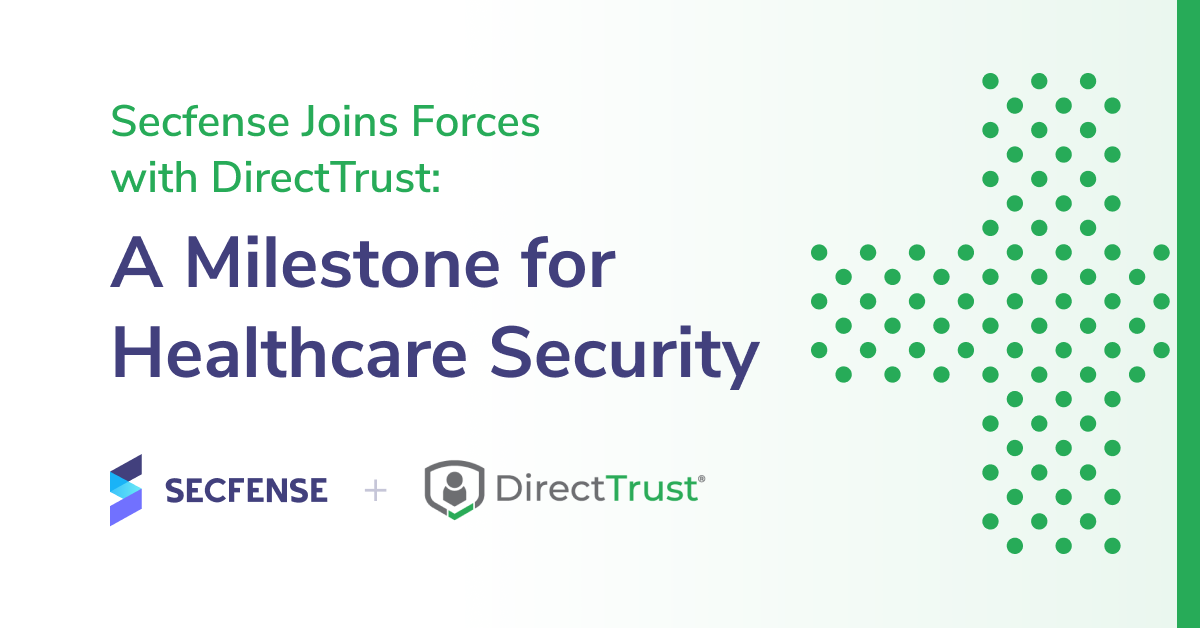Secfense has recently become a member of DirectTrust. This collaboration marks an important step in enhancing the security protocols within the healthcare industry in the US, which is becoming increasingly reliant on digital infrastructure.
Understanding DirectTrust
DirectTrust is dedicated to enabling secure, verified electronic health information exchanges. It champions secure communications in healthcare through a trust framework that supports secure and interoperable health information exchange, focusing on the security and privacy of electronic health records to combat rising data breaches and cybersecurity threats.
DirectTrust’s Approach to Security
While DirectTrust emphasizes strong authentication practices, it does not explicitly mention Multi-Factor Authentication (MFA), FIDO2, or passwordless technologies in the context of its current trust framework or security strategies. However, DirectTrust recognizes the importance of strong cryptographic methods and two-factor authentication for protecting private keys, as indicated in its certification process for high-value transactions and information exchanges.
Secfense’s Contribution to Cybersecurity
Secfense offers solutions to enhance user access security by implementing authentication mechanisms that protect sensitive data. The company’s understanding of cybersecurity threats and the necessity for stringent access controls aligns with the objectives of organizations focused on data protection.
The Significance of Secfense’s DirectTrust Membership
Secfense joining DirectTrust is a pivotal move, showcasing a mutual commitment to the security of health information exchanges. This partnership allows Secfense to align with trusted entities in healthcare and contribute to the standards of secure communication upheld by DirectTrust.
With Secfense’s user access security expertise and DirectTrust’s framework, there is a new potential for defending healthcare data against cyber threats. This collaboration underlines Secfense’s commitment to healthcare security, aiming for innovation, trust, and resilience in protecting health information.
